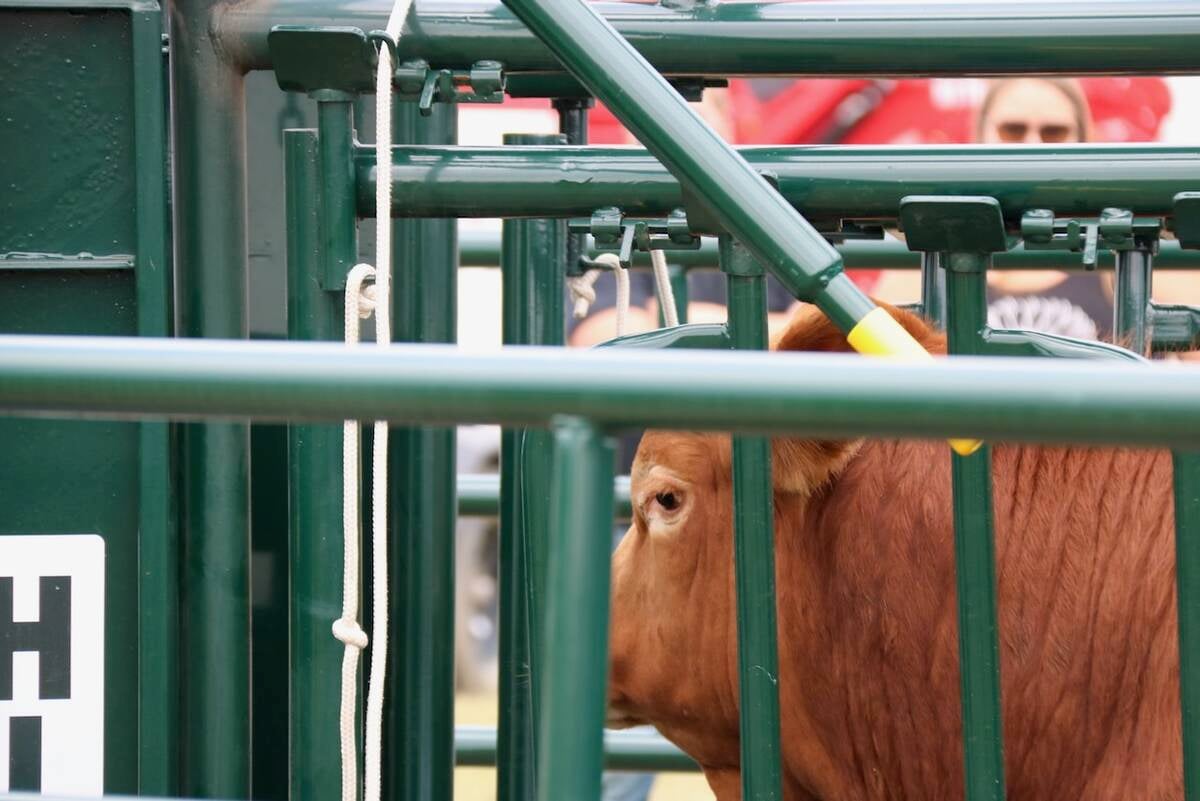The mystery of brain wasting diseases could be unravelled in a string of genetic code.
John Williams is among a team of international scientists searching for a genetic link among the family of transmissible spongiform encephalopathies, which includes bovine spongiform encephalopathy in cattle, scrapie in sheep, chronic wasting disease in deer and elk and Creutzfeldt-Jakob disease in people. Williams is based at the Roslin Institute in Scotland, a leading animal research centre where work includes genetic modification and cloning of farm animals.
Promising research involves a scan of thousands of bovine genes displaying mutation or variations in expression. Finding a genetic marker could lead to a reliable live test among animals susceptible to the fatal condition. Current live tests using blood samples are not reliable enough. By the time the agent appears in the blood, the animal is likely already showing other symptoms.
Read Also

Good handling equipment a must on cattle operations
It’s important for the safety of producers and everyone else dealing with their stock that handling equipment is functional and safe.
Williams explained this international detective work during a special lecture at the University of Calgary health sciences centre March 8.
Another line of genetic research is looking at sheep genotypes to see if some are resistant to scrapie. There is a plan in the U.K. to eventually select rams with specific genotypes to curb scrapie.
“It’s coming together but we certainly don’t have evidence that we could go through to diagnosis for the breeding of animals that are resistant or susceptible,” Williams said.
While scrapie in sheep has been known for about 250 years, BSE’s history goes back to the first diagnosis in the United Kingdom in 1986.
Scientists have learned about prion diseases such as BSE and other encephalopathies, but they do not know what triggers the diseases. The theory, still contested, is that the infectious agent in prion diseases is a normal brain protein that takes on abnormal, mutant shape.
Heat will kill
Scientists do know, however, that prions are practically indestructible.
Prions appear to be destroyed when exposed to 130 C of heat for 90 minutes.
Certain body parts carry higher levels of infection. The highest level is found in brains, spinal cords and eyes. A medium level of risk is found in glands and placenta. A low level is found in distal ileum, peripheral nerves, bone marrow, liver, lungs, pancreas and thymus. There is no infective risk in heart, kidneys, blood, milk or muscle.
British scientists concluded by 1987 that this new disease was most likely derived from animals eating contaminated feed. Infected cattle had received protein supplements derived from the meat and bone meal of diseased animals.
Feeding ruminant protein back to ruminants was prohibited in Britain in 1988 and in 1996, the government banned feeding any ruminant proteins back to livestock. Once the feed bans were implemented, cases appeared to decline. However, there are still unexplained outbreaks.
There are 75 cases of BSE in U.K. cattle born after the 1996 ban with no apparent source of BSE in the feed.
“As time goes on and we still see these cases, it begs the question: where are they coming from, and do we potentially have spontaneous BSE in the population?” Williams said.
Since 1986, 183,496 cases have been diagnosed.
The unofficial count for 2003 is 147 cases. During January 2004, 11 cases appeared in 60,000 samples.
Recently, two Italian samples displayed a different form of BSE, similar to cases of sporadic Creutzfeldt Jacob disease found in humans. It could mean a second strain of the disease exists.
Similar information has come from Japan and Germany, where the disease did not follow the pattern seen in the British cases.















